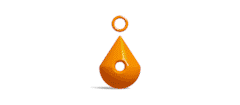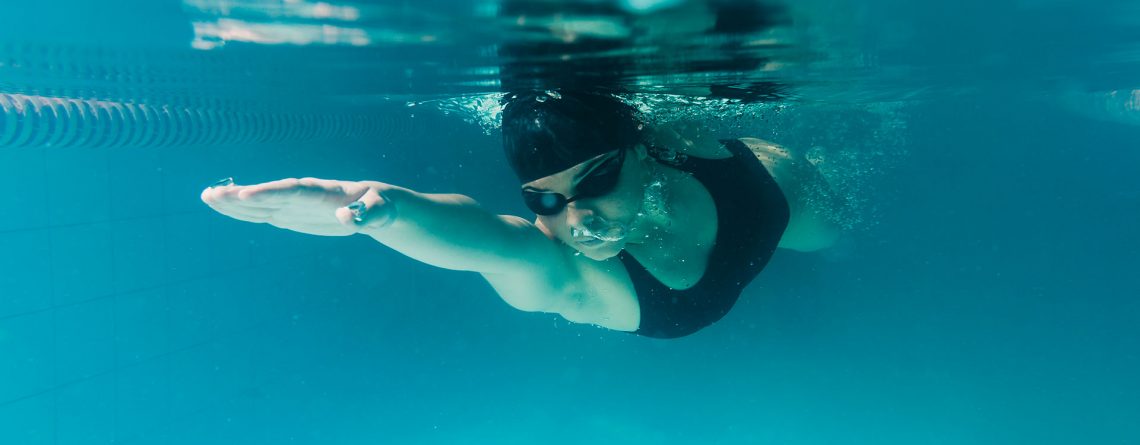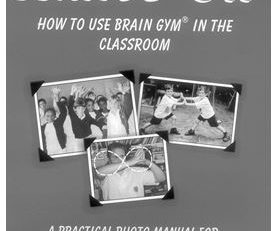The Physiological Basis of Learning
Conrad Ho
Coaches must understand the limitations and features of the bodies of professional athletes in order to help them obtain peak achievements. For the same reason, learners have different learning styles partially due to the variations in the ways their bodies as a learning tool work. By knowing the physiological basis of learning, teachers can better facilitate the realization of the students’ learning potential.
Over 30 years ago, the left-right brain theory was very popular in Hong Kong. It postulated that learners of right-brain dominance would more easily accept input in the forms of feelings, rhythm, concrete things, sensations, etc; while learners of left-brain dominance, quantities, logic, concepts, deductions, and so on. About 20 years ago, another approach captured popular attention. It upheld that the visual learners tend to use visual input and think visually; the auditory learners, auditorily; and the kinesthetic learners, kinesthetically.
The former classification stressed on information processing by the central nervous system; the latter, on information input by the peripheral nervous system. About the same time, the Triune Brain model postulated that the brain operated in three pairs of relationships instead of one, i.e. the gestalt and logic brains (left-right), the conscious and emotional brains (up-down) as well as rational and survival brains (front-back). By the end of the 80s, through the advent of various scanning technologies, scientists could for the first time observe a living brain in action. They discovered that brain functions were done by many brain centres on both hemispheres at the same time, instead of just on either side.
On information input, scientists learnt that there are at least 32 different learning styles, governed by the learner’s lateral dominance pattern in their brains, eyes, ears, hands and legs.
The brain does not exist all alone. It must interact with other bodily systems in order to work. Generally speaking, sensory systems like the eyes and ears take in information. Motor systems like facials muscles, throat muscles and arm muscles send out information. Digestive system offers nutrition and water; the respiratory system, oxygen; the circulation system, delivery of resources and disposal of wastes; the immune system, security.
When these related systems are working sub-optimally, the nervous system is under-supplied
with basic survival resources and losing its interface with the external world, there is no way
for it to work at capacity.
Let’s give two more specific examples. Where the spinal cord meets the brain, there is a nervous tissue called the reticular system. One of its major functions is to send out non-specific signals continuously to the neocortex to keep it conscious. When it stops sending out these signals, the neocortex sinks into a coma state. When the signals are not strong enough, the person will be sleepy. Inability to concentrate results. In some of the more serious cases, the person must be moving their bodies all the time to general other stimulating signals to compensate in order to stay awake and alert. The less fortunate in this group may be labeled “hyperactive”.
On top of the two kidneys sit the adrenals. When the person senses danger nearby, be it the supervising teacher, or the demanding parent, or even the intangible term examination, the adrenals will secrete the so-called “stress hormones”. As a result, the blood flows to the big muscles on the limbs and to the survival brain. Anger and/or fear crowd out rational thinking. Reflexive actions not processed by the neocortex govern the behaviours. Under such conditions, the brain will not have the energy to process information. The person cannot learn.
When kids exhibit problems in their learning, parents and teachers please give them the benefit of doubt. First check if their physiological tools of learning are in place and in operating conditions, not giving out labels like rebellious, naughty, stupid, lazy, etc.
For those who would like to know more, please join the workshop of Smart Moves: the Physiological Basis of Learning on 11-12 April 2004 by Carla Hannaford, Ph.D. Contact us for details.
“When kids exhibit problems in learning,… first check if their physiological tools of learning are in operating conditions.”


